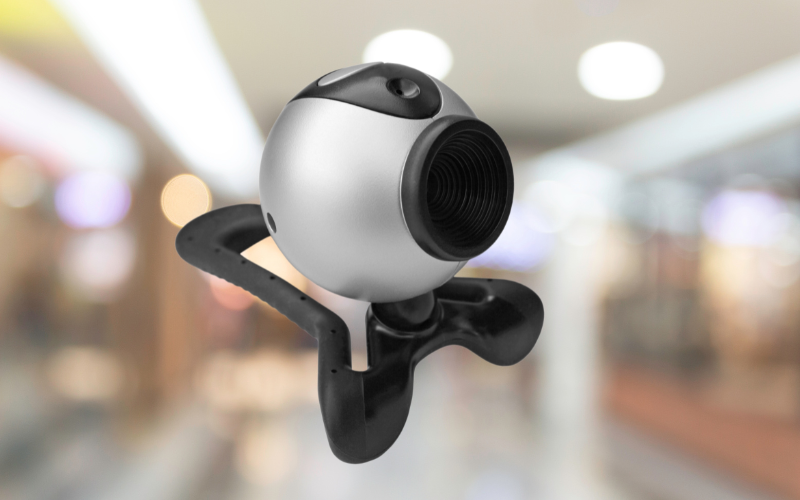Auto-tracking video cameras have become essential tools for modern-day content creators, educators, and businesses. They allow seamless filming, following subjects around without the need for manual intervention. Selecting the right camera can enhance production efficiency and improve the overall quality of video presentations. Without further ado, let us discuss the key considerations when choosing the best auto-tracking video camera and how features like One Button Studio and a video switcher can elevate your setup.
Key Features of an Auto-Tracking Video Camera
Auto-tracking video cameras are equipped with features that enable them to follow a subject automatically. When choosing a camera, it’s crucial to focus on performance, flexibility, and compatibility with your existing equipment. These factors can significantly influence the efficiency and quality of your productions.
The most important aspect is the tracking accuracy. Modern cameras use a combination of AI technology and motion sensors to ensure they lock onto the subject. Look for models that provide smooth, continuous tracking without frequent interruptions or jittery movements.
Another consideration is video resolution. Ensure that the camera offers at least Full HD (1080p) resolution for crisp visuals. Many auto-tracking video cameras now come with 4K capabilities, allowing for high-quality recordings that can be scaled down if necessary.
Furthermore, some auto-tracking cameras come with integrated microphones. If you need clean, high-quality audio alongside your video, consider a camera that offers good in-built sound recording features.
Integration with One Button Studio and Video Switchers
One Button Studio is a simplified video recording setup designed for users with little technical knowledge. When selecting an auto-tracking video camera, ensure it can easily integrate with One Button Studio systems for seamless recordings.
Additionally, pairing your auto-tracking camera with a video switcher will enhance your productions by allowing you to switch between multiple camera angles or sources. When choosing a camera, confirm its compatibility with video switchers, ensuring smooth integration. Some switchers work better with specific camera models, and ensuring compatibility early can save you time and effort during production.
Video switchers allow you to make your presentations more dynamic by transitioning between different video inputs. Be it recording in a classroom, a professional studio, or a live event, having a camera that works effortlessly with a switcher will ensure polished, professional content.
User-Friendly Setup and Control Options
A camera’s ease of use is crucial for users who may not have technical expertise. Some models offer remote control options that allow the camera to be operated from a mobile device or computer. This feature can be particularly useful when setting up the camera in hard-to-reach locations.
Look for cameras that offer customisable settings for tracking speed, zoom, and focus. Some models allow you to fine-tune these parameters to suit different environments. The more customisable the camera, the more versatile it will be in different shooting scenarios.
Cameras with pre-set tracking modes are also highly advantageous. These allow users to choose from different tracking profiles—such as face detection, motion-based tracking, or object tracking—based on their specific needs. Selecting a camera with flexible control options ensures you can adapt to various recording conditions without hassle.
Durability and Portability
Durability is another important factor to consider when choosing an auto-tracking video camera. Cameras designed for professional use should be built to withstand continuous operation over extended periods. Look for models that feature robust materials and offer protection against dust, water, or accidental bumps.
If you frequently change shooting locations, portability becomes an essential feature. Choose a lightweight, compact camera that is easy to transport and set up in various environments. Models with accessories like protective cases, mounts, or tripods provide added convenience for mobile setups.
Price and Value for Money
When selecting an auto-tracking video camera, it’s vital to balance your budget with the camera’s features. Higher-end models may offer superior tracking, image quality, and additional features like built-in microphones or remote control capabilities. However, many mid-range cameras provide excellent performance at a more affordable price.
It’s essential to evaluate the return on investment (ROI) by considering how often you’ll use the camera and the type of content you’ll be producing. If you’re planning to use the camera regularly for professional shoots or live streaming, investing in a higher-end model may be worth it. However, if you’re using it for occasional recordings, a more affordable option may suffice.
For seamless video streaming solutions and expert advice on integrating One Button Studio setups, visit Media Architects today.








